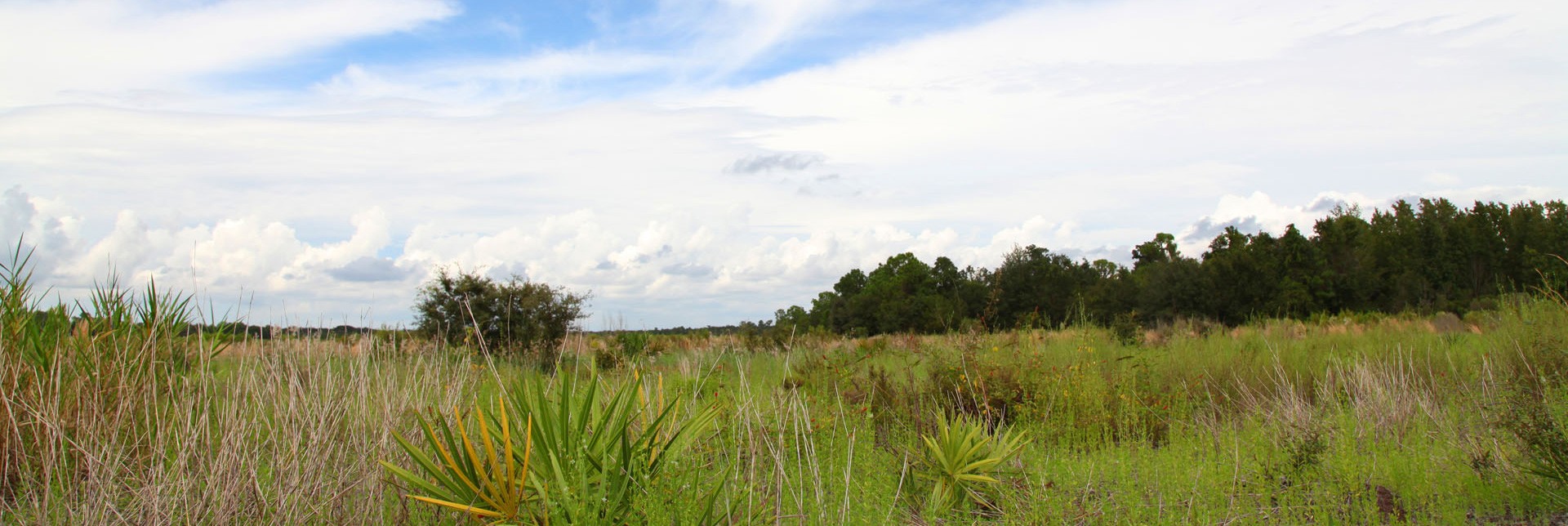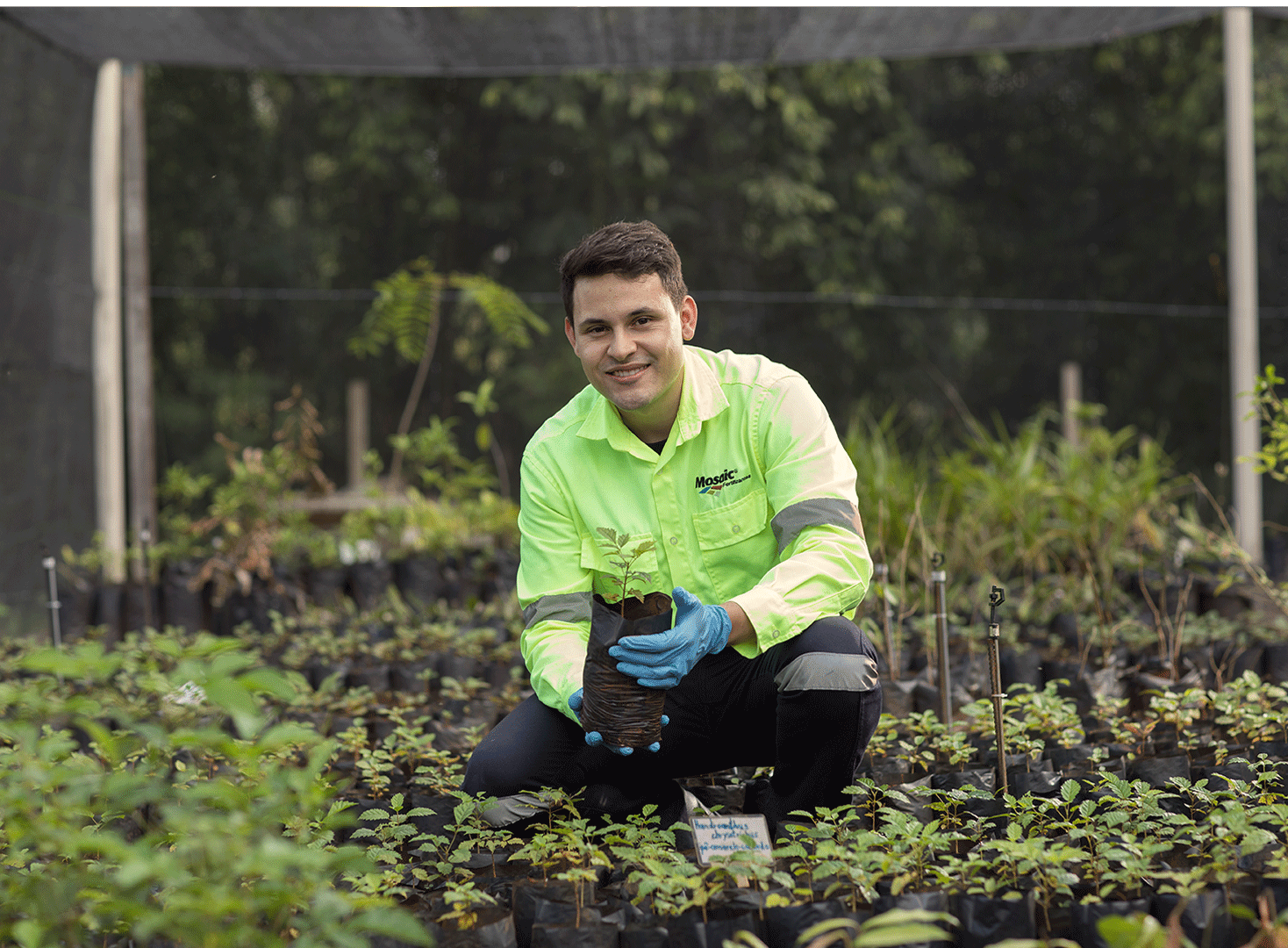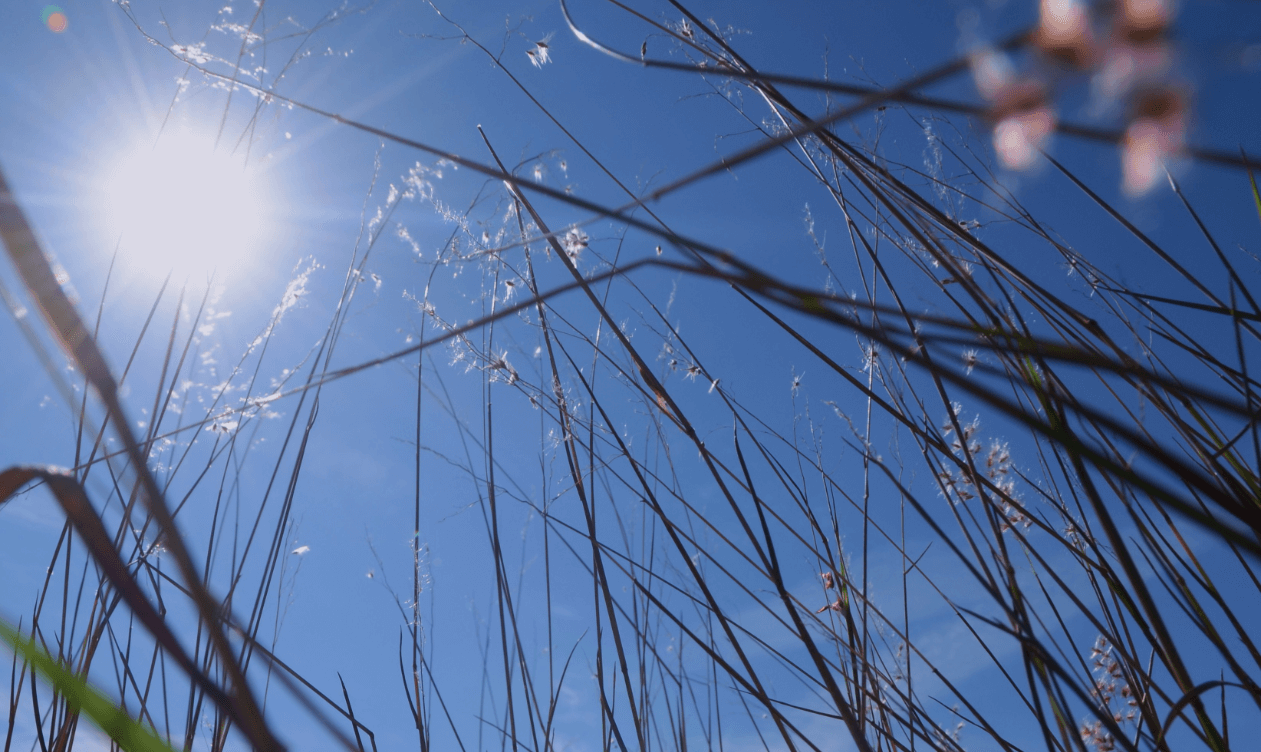 Land |
Land Provides Nutrients for the World's CropsWE ARE COMMITTED TO RESPONSIBLE MININGThe land provides invaluable nutrients needed to grow crops around our growing world. And extracting these nutrients, while crucial, is an intensive process that can temporarily disturb ecological resources. We mine phosphate in the United States, Peru, and Brazil, and potash in Canada, the United States and Brazil. Phosphate ore is recovered using large machines called draglines or, as is the case in Brazil, using excavators. Once phosphate mining is complete, we conduct recovery or reclamation in accordance with regulations and return mined lands to productive uses for wildlife and people. Potash mining happens underground by way of shaft or solution mining techniques. The only surface areas that are disturbed are the actual footprint of the mine shaft and the adjacent above-ground processing facilities and tailings management areas. Regardless of geography or mining technique, prior to the start of mining – or when extending or expanding a mine – permits are secured from local, regional, state and federal government agencies. This thorough planning and approval processes protect water, air, ecology, wildlife, transportation, safety and other environmental, health, and public welfare considerations. We are committed to minimizing our impacts on the environment through responsible mine planning, permitting, operation and reclamation practices. As it relates to the use phase of our products, particularly in the Amazon region in Brazil, we use our influence to support a stance that opposes illegal deforestation. |
|
BiodiversityWhy it's an issueMining impacts can have direct and indirect impacts on biodiversity. All active mine sites within the United States, Canada and Brazil are required to operate pursuant to federal, state/provincial and local regulations related to management of habitat and wildlife. What we're doing about itProtection of biodiversity is critical to global sustainable development and a significant element of Mosaic’s sustainability efforts. We work closely with regulators as to comply with all applicable regulations and agency-approved management plans and to fund and/or conduct research that promotes the goal of wildlife and habitat conservation. Recovery and ReclamationWhy it's an issuePhosphate mining represents a temporary disturbance of ecological resources. Once mining is complete, we conduct acre-for-acre reclamation or recovery and return mined lands to productive uses for wildlife and people. What we're doing about itMosaic’s phosphate business leads the industry in developing effective methods of returning mined lands to productive uses for both wildlife and people. Mosaic’s reclamation team in Florida, which is comprised of dozens of ecologists, biologists, engineers and other professionals, is responsible for creating fully functioning post-mining landscapes. In Brazil, once mining is complete, land recovery efforts include resloping and revegetating the mined area. DeforestationWhy it's an issueMosaic's core business includes the manufacturing and distribution of phosphate and potash crop nutrition products in Brazil—one of the world’s largest food producers and exporters and home to rich natural resources, including the Amazon rainforest. Illegal deforestation in the Amazon poses threats to biodiversity, climate change, water security, and traditional peoples. What we're doing about itIn addition to working with retailers and end-users to promote best practices for fertilizer application that are protective of the environment, we also participate in forums that promote ethical, sensible and just land use change and economic policies. We have partnered with Brazilian Agriculture Research Corporation (Embrapa) in its efforts to promote sustainable agriculture practices and convert degraded pastureland into productive field. We are also deploying technologies to monitor land use across the agricultural value chain in at-risk growing areas. Waste and Tailings ManagementWhy it's an issueMining generates wastes, such as sand and salt tailings and overburden. Tailings are stored in facilities—known as tailings management areas (TMAs). TMAs can be prone to incidents which can have safety, environmental or financial repercussions to our company and for the communities in the vicinity of our operations. We have nearly 60 TMAs across the company, including clay settling areas, active dams and potash tailings areas. What we're doing about itWe have comprehensive procedures and systems in place for the management of TMAs. In response to evolving standards, we are enacting a holistic companywide governance structure for ongoing management of TMAs. We are also conducting governance reviews of all TMAs to assess against a global standard. |
|
 |
|

Our 2025 ESG Performance Targets
Our sustainability journey continues, and our 2025 targets are representative of where we're headed over the next several years. These targets will guide our efforts as we hold ourselves accountable to measurable progress. We're proud to be a responsible company and a global industry leader in this space. |


